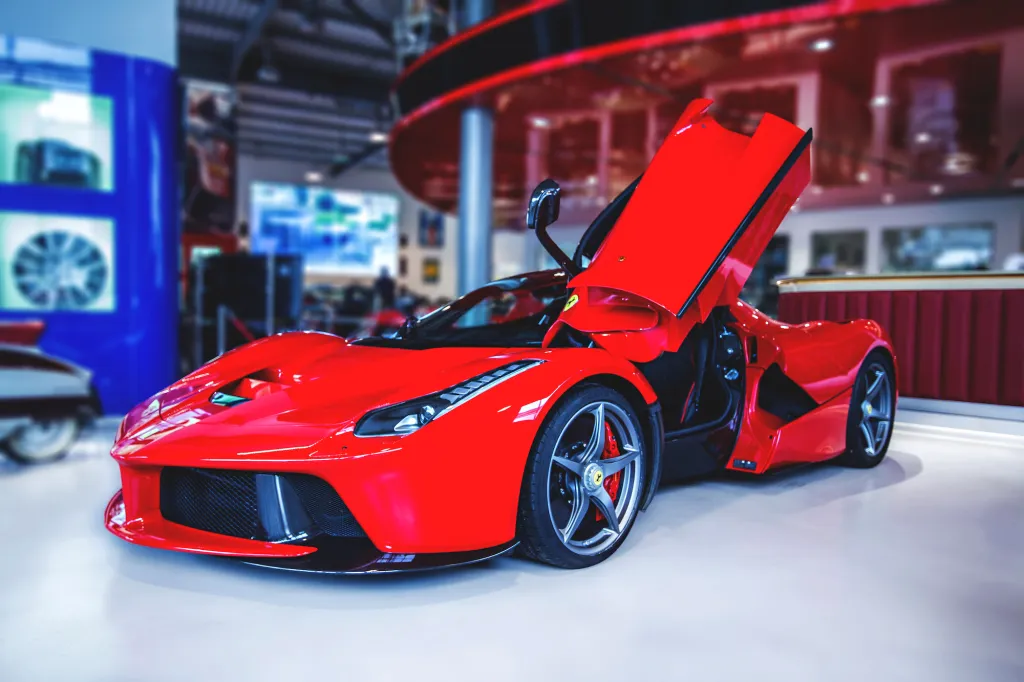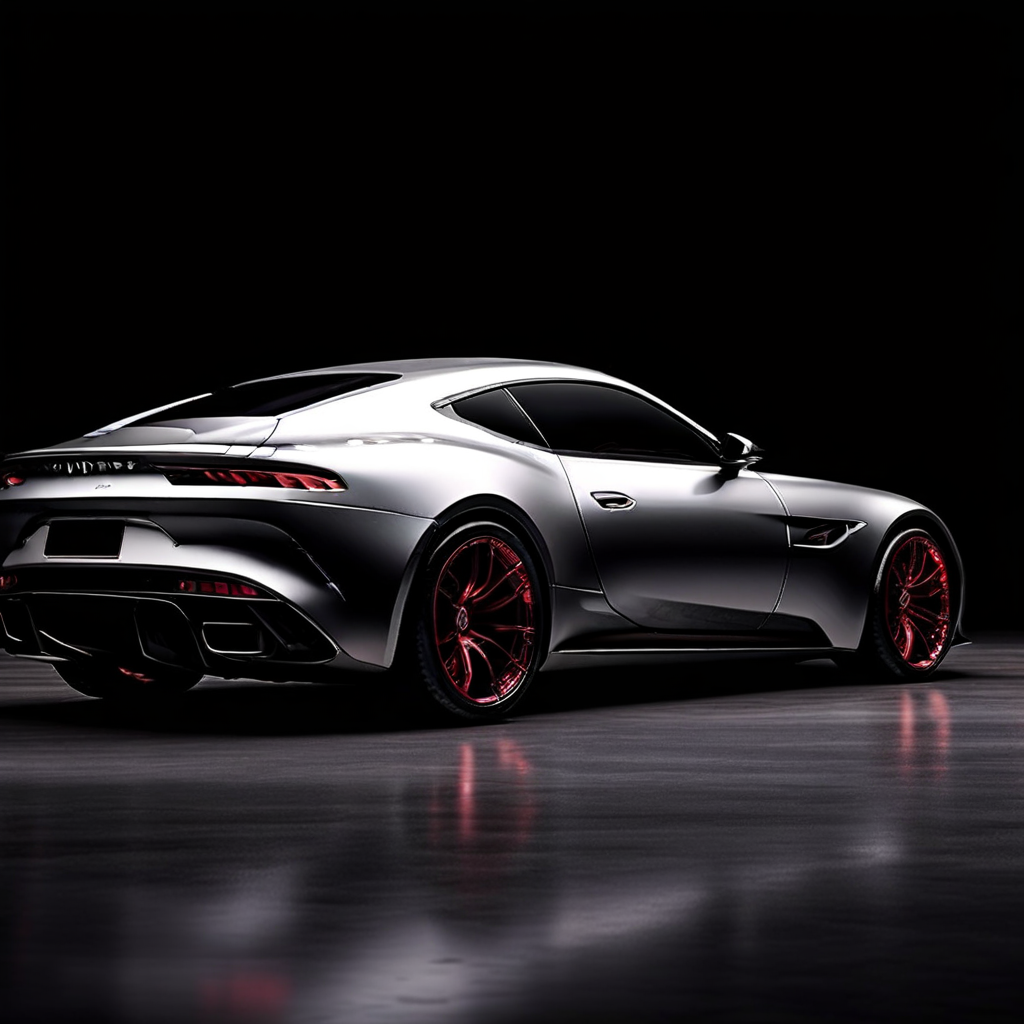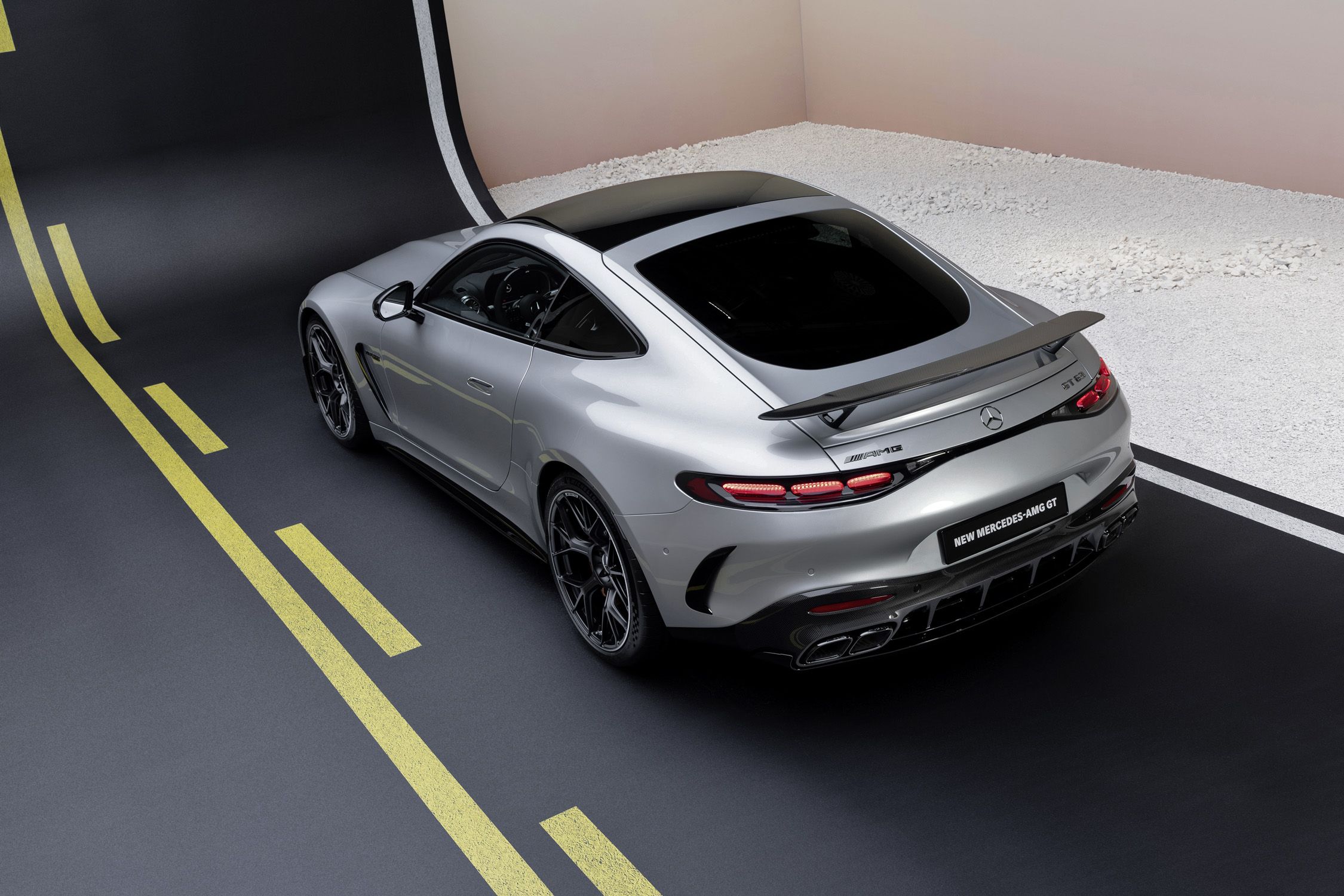
Mar
The color red has become synonymous with Ferrari, evoking images of speed, passion, and Italian flair. From the iconic Ferrari racing cars to the luxurious street models, the choice of red as Ferrari’s signature color holds a rich history and symbolism that goes beyond mere aesthetics. Let’s delve into the detailed reasons why Ferrari’s color is red and explore the significance behind this iconic choice.

1. Racing Heritage:
Ferrari’s association with the color red can be traced back to its roots in motorsport. In the early days of racing, national colors were used to identify racing teams, and Italy’s racing color was red. This tradition dates back to the early 20th century when each country was assigned a color for its racing teams, and red was designated for Italian teams to represent their passion, pride, and heritage.
Enzo Ferrari, the founder of Ferrari, embraced this tradition and painted his racing cars in the iconic Rosso Corsa (“racing red”) color. The deep red hue not only made Ferrari cars stand out on the racetrack but also became synonymous with the brand’s racing success and dominance in motorsport events like Formula 1.
2. Symbolism of Passion and Energy:
Red is often associated with emotions such as passion, energy, and excitement. It symbolizes power, determination, and a competitive spirit—all qualities that resonate deeply with Ferrari’s racing ethos and brand identity. Ferrari’s choice of red reflects its unwavering commitment to pushing the boundaries of performance, innovation, and excellence in the world of automotive engineering and motorsport.
The vibrant red color not only draws attention but also conveys a sense of dynamism and speed, reflecting Ferrari’s relentless pursuit of perfection and its quest to create exhilarating driving experiences for enthusiasts around the globe.
3. Brand Recognition and Iconic Status:
Over the years, Ferrari has cultivated a strong brand identity built on heritage, craftsmanship, and exclusivity. The consistent use of red across its lineup, from racing cars to road-legal supercars and grand tourers, has contributed to the brand’s instant recognition and iconic status.
When people think of Ferrari, they envision a sleek red sports car with a roaring engine, embodying the essence of luxury, performance, and sophistication. The red color has become ingrained in Ferrari’s brand DNA, reinforcing its image as a symbol of automotive excellence and Italian passion.
4. Tradition and Continuity:
Ferrari’s commitment to tradition and continuity is evident in its choice of red as the brand’s primary color. While other automakers may offer a variety of colors for their vehicles, Ferrari has stayed true to its heritage by predominantly featuring shades of red across its model range.
This consistency not only pays homage to Ferrari’s racing legacy but also creates a sense of unity and identity among Ferrari owners and enthusiasts worldwide. Owning a red Ferrari is not just about driving a high-performance car; it’s about being part of a storied legacy and joining a community of passionate aficionados who share a love for automotive excellence and Italian craftsmanship.
In conclusion, Ferrari’s iconic red color is a reflection of its racing heritage, emotional symbolism, brand recognition, and commitment to tradition. Beyond being a paint choice, red embodies the spirit of Ferrari—bold, passionate, and timeless. It’s a color that has transcended generations and continues to inspire automotive enthusiasts and captivate onlookers, making every Ferrari adorned in red a symbol of automotive artistry and performance prowess.

Feb
Mercedes-Benz and Mercedes-AMG are both iconic names in the automotive industry, representing luxury, performance, and engineering excellence. While they share a common heritage and are part of the same company, they cater to different segments of the market and offer distinct features that set them apart. Let’s delve deeper into the differences between Mercedes-Benz and Mercedes-AMG, exploring their history, technology, performance, and overall brand positioning.

History and Brand Identity:
Mercedes-Benz traces its roots back to the late 19th century when Karl Benz patented the first gasoline-powered car in 1886. Over the decades, Mercedes-Benz has established itself as a premier luxury car manufacturer, renowned for its elegant design, cutting-edge technology, and meticulous attention to detail. The three-pointed star emblem is synonymous with luxury, comfort, and prestige, making Mercedes-Benz vehicles a symbol of status and sophistication.
On the other hand, Mercedes-AMG has a more focused performance-oriented heritage. AMG stands for Aufrecht, Melcher, and Großaspach – the names of the founders and the town where the company was founded. AMG started as an independent engineering firm specializing in performance enhancements for Mercedes-Benz vehicles. In 1999, Mercedes-Benz acquired a controlling interest in AMG, leading to the creation of Mercedes-AMG GmbH as the high-performance division of Mercedes-Benz.
Product Range:
Mercedes-Benz offers a wide range of vehicles, including sedans, coupes, SUVs, convertibles, and more. These vehicles are designed to deliver a balance of luxury, comfort, and performance, appealing to a broad spectrum of customers. Models like the S-Class, E-Class, C-Class, GLC-Class, and GLE-Class exemplify Mercedes-Benz’s commitment to refinement, technology, and innovation in the luxury segment.
On the other hand, Mercedes-AMG focuses primarily on high-performance variants of Mercedes-Benz models. AMG versions are distinguished by their enhanced powertrains, sportier styling cues, upgraded suspensions, and performance-oriented features. Each AMG model carries a distinct character, blending luxury with adrenaline-pumping performance. Examples include the Mercedes-AMG GT, C63 AMG, E63 AMG, and GLC63 AMG, among others.
Performance and Engineering:
When it comes to performance, Mercedes-AMG takes things to a whole new level. AMG models are powered by handcrafted engines that deliver exhilarating performance figures. These engines are often larger in displacement and feature advanced technologies such as turbocharging, direct injection, and performance tuning. The result is a symphony of power and precision, with AMG vehicles offering blistering acceleration, sharp handling, and a thrilling driving experience.
Mercedes-Benz, while focusing on luxury and comfort, also offers impressive performance in its higher-end models. Vehicles like the Mercedes-AMG GT 4-Door Coupe and the Mercedes-AMG S63 Sedan showcase the fusion of luxury and performance within the Mercedes-Benz lineup. However, for enthusiasts seeking the ultimate in performance and track capabilities, the dedicated AMG models deliver a level of excitement that is hard to match.
Design and Features:
In terms of design, both Mercedes-Benz and Mercedes-AMG vehicles exhibit sophisticated styling cues and attention to detail. Mercedes-Benz models often feature a more understated and elegant design language, emphasizing luxury and refinement. The interiors are crafted with premium materials, cutting-edge technology, and a host of comfort and convenience features, making every journey a luxurious experience.
Mercedes-AMG models, on the other hand, adopt a more aggressive and sporty design approach. They feature distinctive AMG styling elements such as larger air intakes, unique grille designs, aerodynamic enhancements, sportier exhaust systems, and performance wheels. Inside, AMG models often feature sportier seats, specialized instrumentation, and additional performance-oriented controls to cater to enthusiast drivers.
Target Audience and Market Positioning:
The target audience for Mercedes-Benz includes luxury car buyers who prioritize comfort, technology, and prestige. These customers appreciate refined driving dynamics, advanced safety features, and a sense of exclusivity associated with the Mercedes-Benz brand. Mercedes-Benz vehicles are positioned as premium luxury offerings that appeal to a wide range of demographics, from executives and professionals to families and enthusiasts.
On the other hand, Mercedes-AMG targets performance enthusiasts and drivers who crave exhilarating performance without compromising on luxury and sophistication. AMG models attract buyers who seek high-performance driving experiences, track capabilities, and the prestige of owning a top-tier performance vehicle. The AMG brand represents the pinnacle of Mercedes-Benz engineering and performance prowess, appealing to a more niche but passionate segment of the market.
Conclusion:
In essence, Mercedes-Benz and Mercedes-AMG complement each other within the broader Mercedes-Benz ecosystem. While Mercedes-Benz represents luxury, comfort, and technological innovation across a diverse lineup, Mercedes-AMG adds a thrilling dimension with its high-performance variants that cater to enthusiasts seeking adrenaline-fueled driving experiences. Whether you prioritize luxury or performance, Mercedes-Benz and Mercedes-AMG offer a range of options to satisfy your automotive desires, each embodying the heritage, craftsmanship, and engineering excellence synonymous with the Mercedes-Benz brand.
